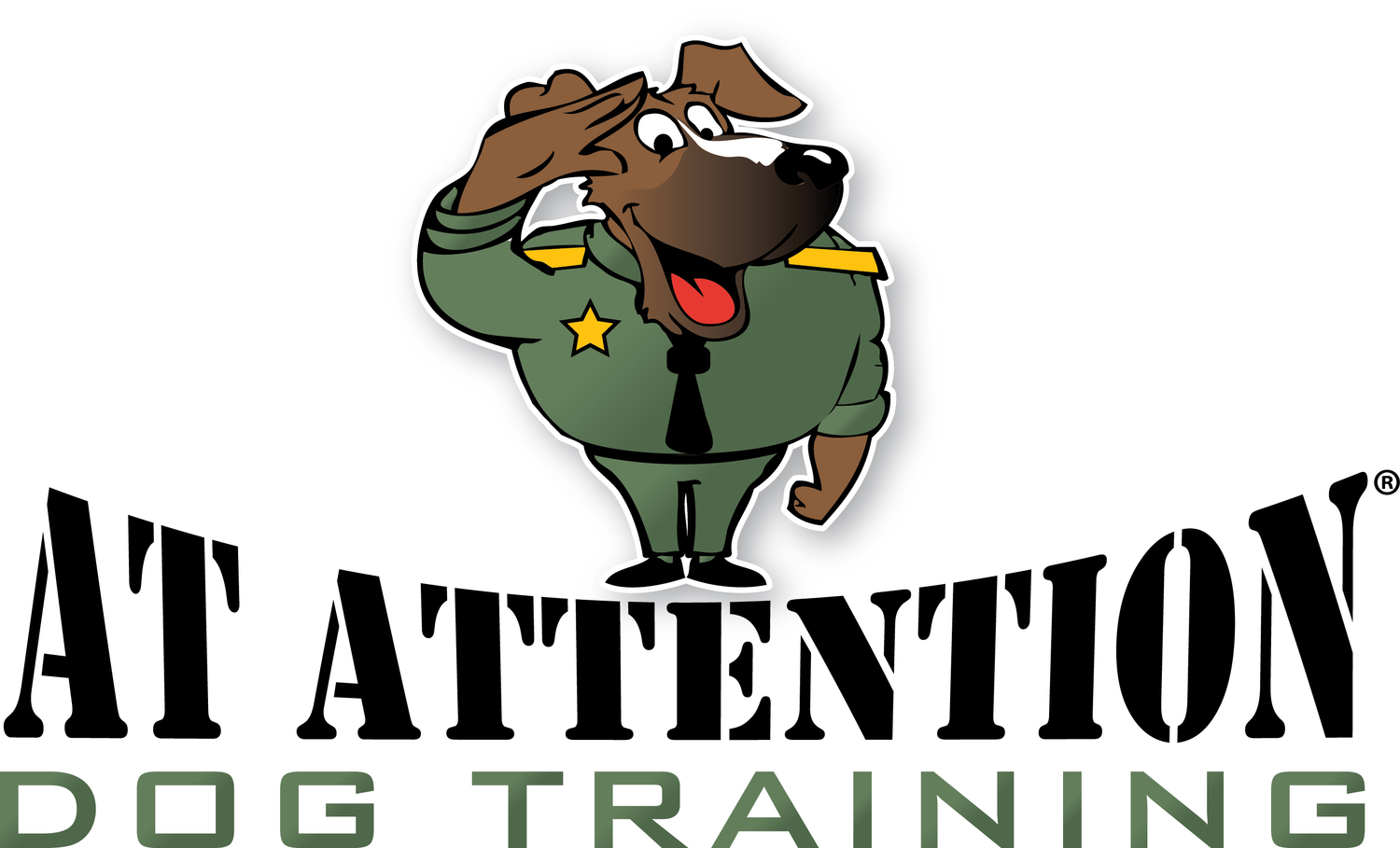You have no idea how it happened. Your little girl was petting your friend’s dog and the next thing you know, she’s howling in pain from an unexpected bite to the hand. You were watching them the whole time. What went wrong?
If you’re a parent, you’ve probably thought a lot about how to avoid situations like this. And like most people, you might think that keeping children safe around dogs boils down to just two basic elements: good manners and adult supervision. After all, if you teach your child to be gentle and respectful around dogs and you or another responsible adult is always around to supervise their interactions, it seems like everything should go smoothly. But that’s not always the case.
Even a child who is watched closely by a parent and follows all the rules when it comes to dogs could be at risk of a bite-related injury if she can’t understand when a dog is saying, “No more!”
Imagine a well-behaved little girl meeting a family friend’s Bichon for the first time. His owner says he’s great with kids, but what if his owner doesn’t realize that Fluffy has developed a painful spot on his back? No matter how gentle the little girl is, Fluffy won’t like being touched. He’ll do his best to let the little girl know, but if she and her parents don’t understand him, he might say, “No more!” in the clearest way he knows how: by biting her hand. And no matter how close by her parents are standing, it would be impossible for them to grab their daughter fast enough to save her from Fluffy’s lightning-quick reflexes. Fluffy isn’t a bad dog, and that little girl wasn’t doing anything wrong. But if she had been able to understand what he was trying to tell her, she could have avoided being bitten by giving him his space as soon as he asked for it.
Fortunately, in most cases, dogs give us plenty of warnings before they resort to biting—it’s just up to us to understand what they’re trying to say. You can keep your children safer by teaching them how to recognize these five warning signs:
1. Stepping backwards – If a dog feels anxious or scared, his first instinct may simply be to get away from whatever – or whoever – is intimidating or annoying him. If your child approaches a dog and he takes a step backwards, folds his ears back and/or tucks his tail under, that is a sure sign that he would rather be left alone.
2. Head Turn – Maybe your child loves giving kisses, but the family dog hates it. When your dog turns his head away, he is not offering his cheek up for a smooch; he is trying to politely say, “No thank you.” A dog may turn his head away in other situations as well and when he does, it is always wise to back off and give him his space.
3. Half Moon Eye / Whale Eye – This is another subtle way that dogs let us know when they are uncomfortable with a situation. It might be a bit more challenging to recognize—sometimes it happens along with a head turn—but when you can see the white portion of a dog’s eyes around the rims or corners, that’s a sure sign that he feels nervous and needs some breathing room.
This dog is uncomfortable with this situation as shown by a classic whale eye.
4. Yawning / Licking lips – Small children often find the sight of a yawning dog to be quite funny. However, if a dog is not in the process of waking up, yawning is nothing to laugh at—it’s most likely a signal that he is stressed out. And unless a dog is eating or drinking, licking his lips can be another signal that he is feeling anxious, so it’s best to leave him be.
Tongue flicks are calming signals. This dog isn't licking his chops because he had a meal, it's because he's uncomfortable with the child hugging him.
5. Stiff, rigid posture – This may be the easiest sign for us to recognize, but when a dog is so stressed out that his whole body stiffens, it probably means we have ignored a lot of other signals and he’s beginning to feel a bit desperate. Make sure your child understands that there is no question that a dog is upset when it reaches this point—the child must leave the dog alone immediately.
While there’s no question that children should be taught how to behave respectfully around dogs and their interactions should always be supervised, the best way to protect children from bite-related injuries is to arm them, and yourself with knowledge. If you can recognize some of the less obvious warning signs of an anxious or stressed dog, you will know when to back off (or have your child back off) and give a dog the space it needs, avoiding potential injury and trauma.
- David Shade and Ali H.


